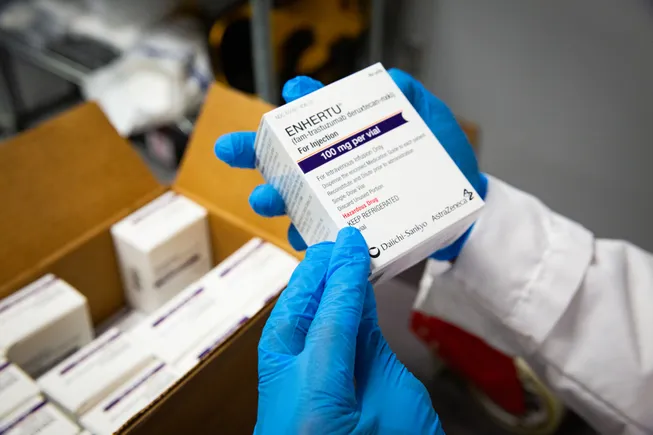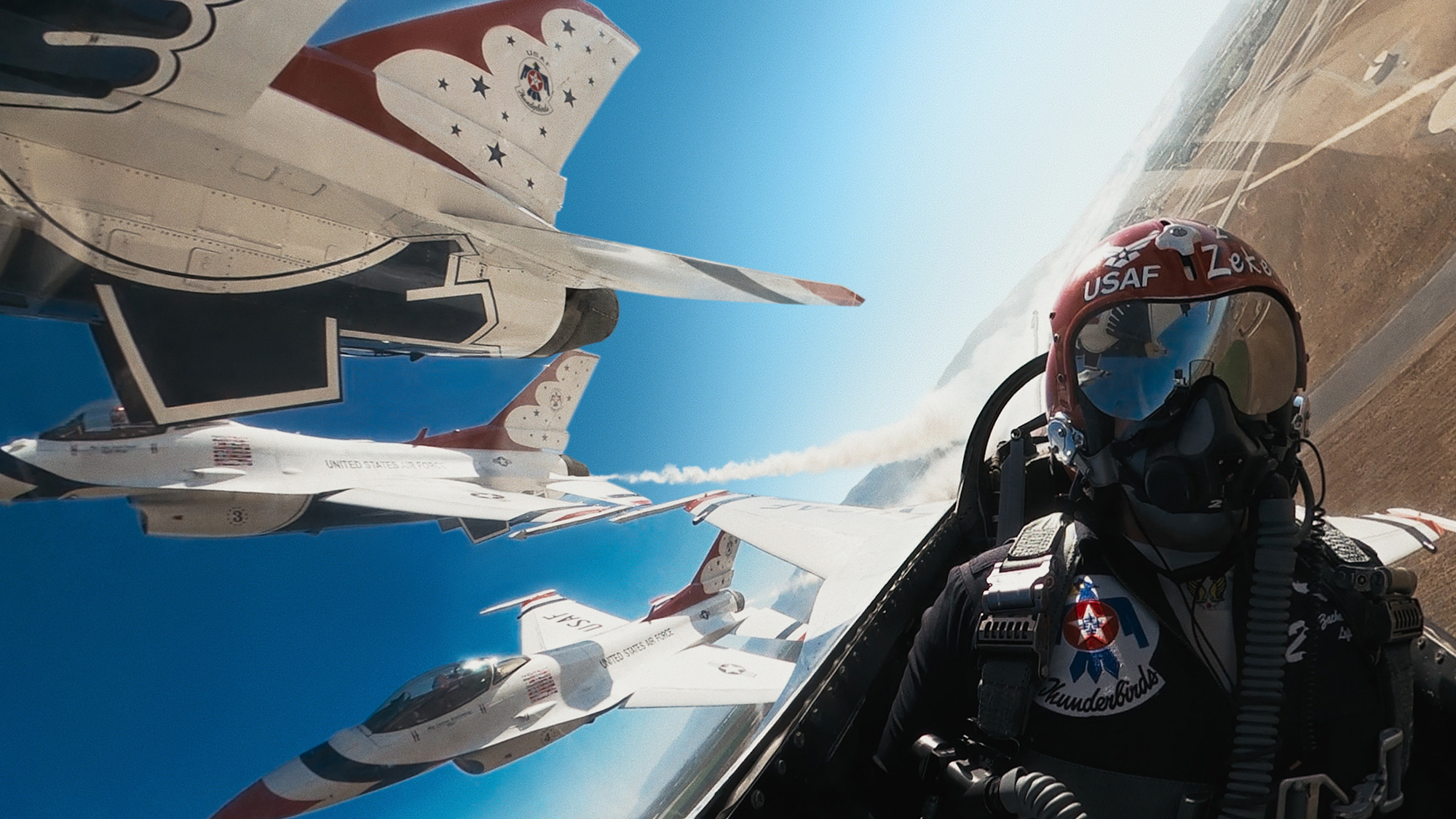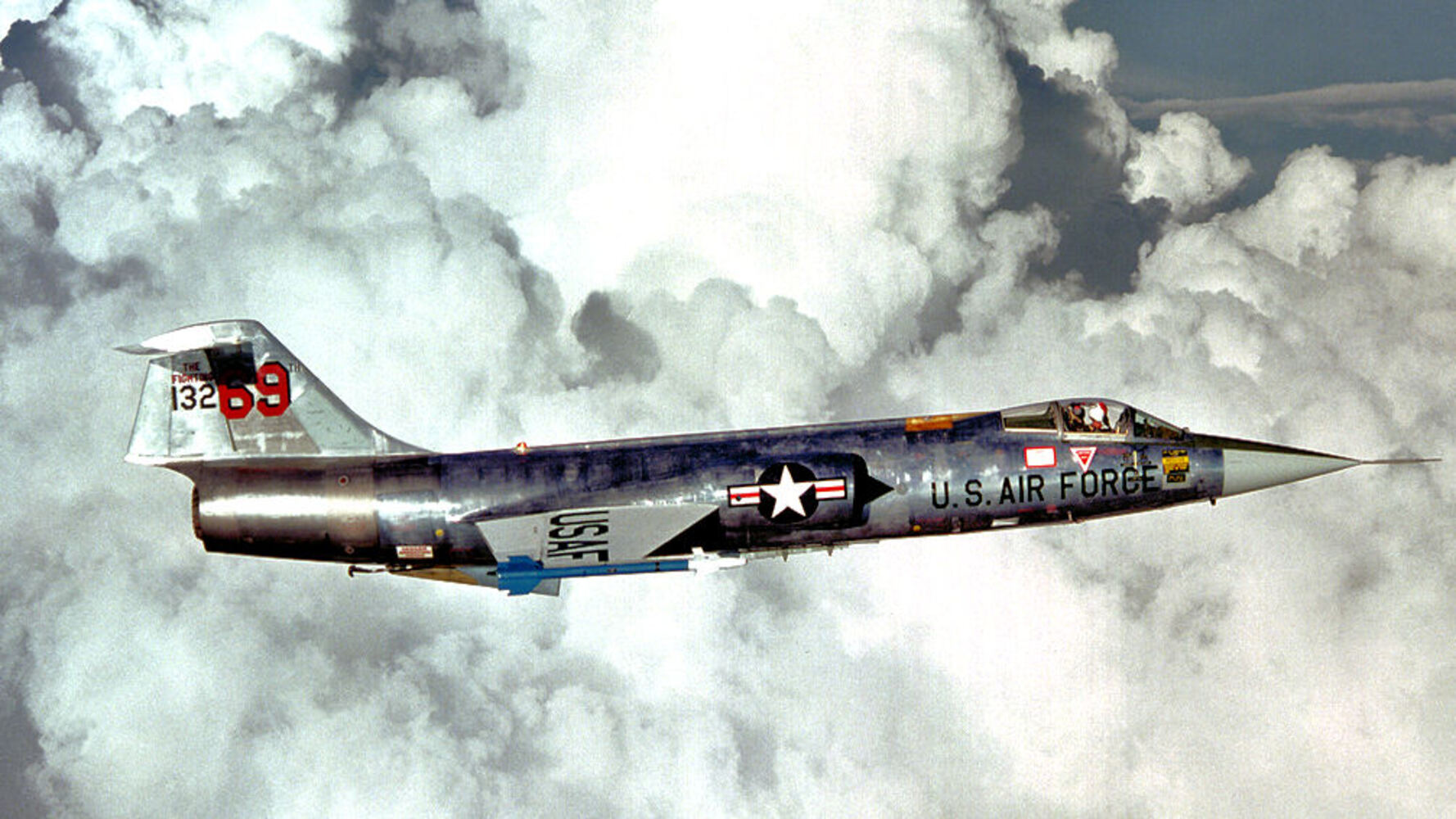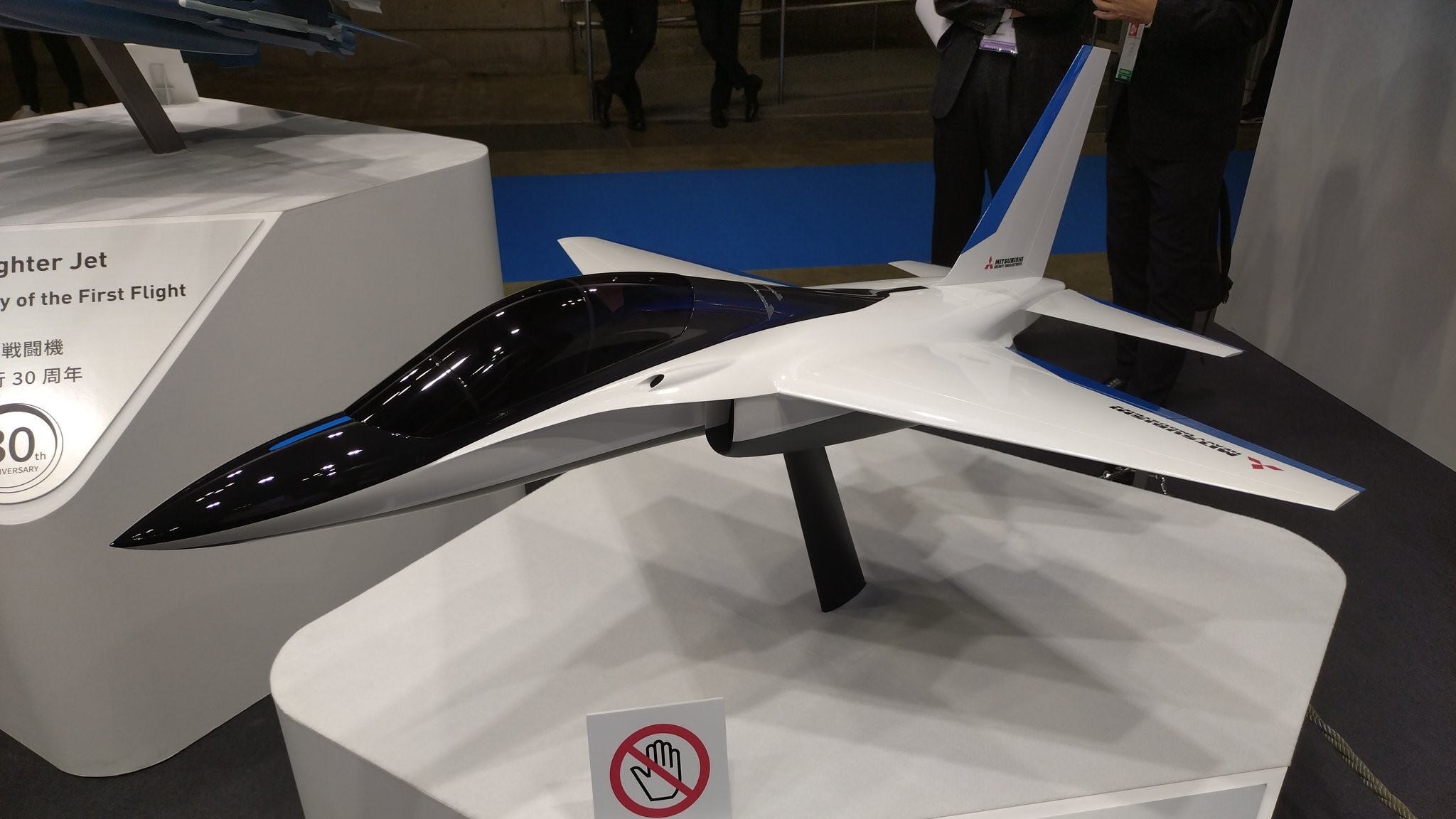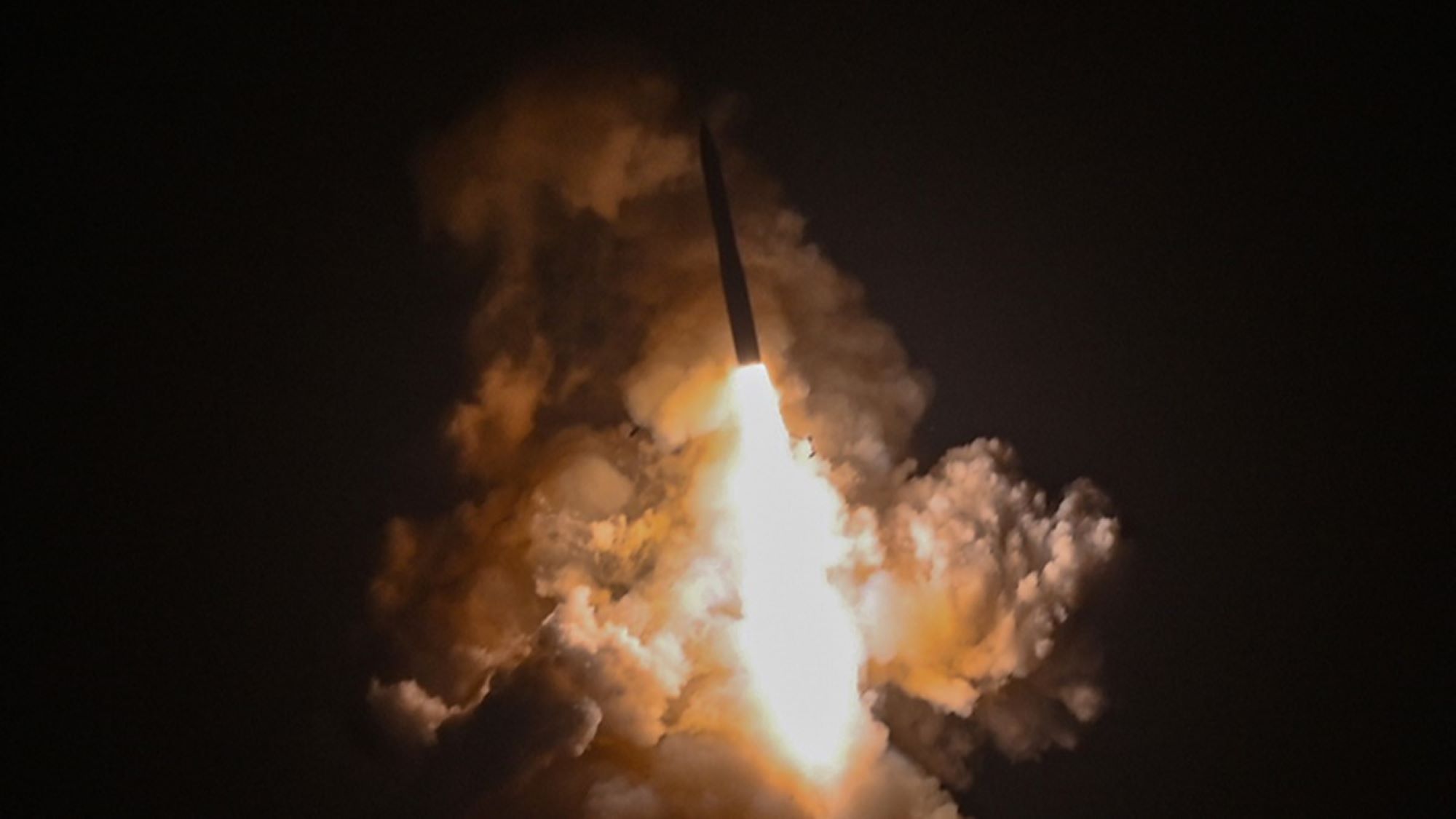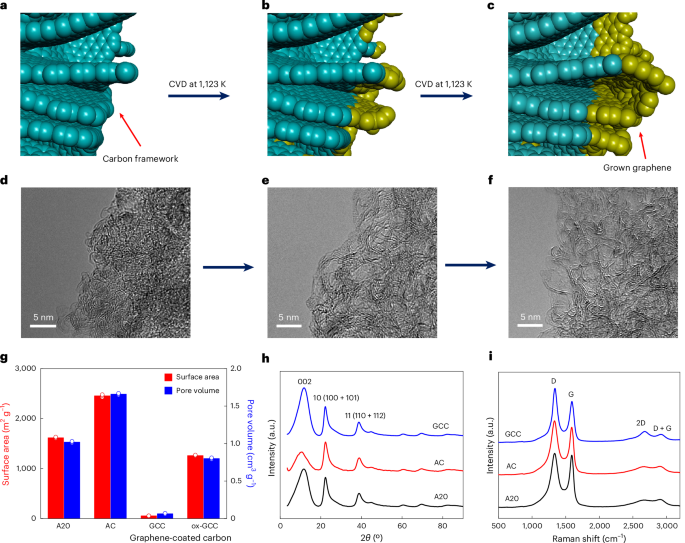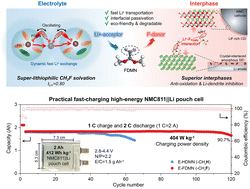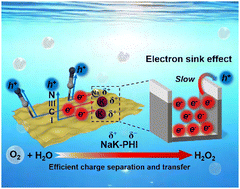NGA hopes to award up to 10 Luno commercial analytics task orders this year
NGA’s goal is to get through the bulk of the tasking under the $500 million Luno programs by early next year, NGA Director of Commercial Operations Devin Brande told Breaking Defense.


NGA Director of Commercial Operations Devin Brande (center), at the 2024 GEOINT Symposium. (Photo Credit: USGIF)
GEOINT 2025 — The National Geospatial-Intelligence Agency (NGA) hopes to grant up to 10 task orders this fiscal year for its Luno A and B programs to tap into commercial satellite imagery analysis and artificial intelligence tools, Devin Brande, the agency’s director of commercial operations, told Breaking Defense.
“Luno [has] been really front of mind for us in fiscal 25. You heard a lot about it last year, in sort of calendar ’24 leading into calendar ’25. Luno was a major muscle movement,” he said in an interview Tuesday during the annual GEOINT Symposium in St. Louis, Mo.
NGA broadly is charged with gathering and analyzing geospatial intelligence, primarily from remote sensing satellites but also drones and other sources, and disseminating information to clients across the US government ranging from POTUS to the secretaries of Defense and State to US military commanders in the field — as well as to US allies and partners around the world.
Luno A concentrates on analysis of satellite imagery from commercial operators; Luno B is seeking to bring on board commercial AI products and services. The contract vehicles for the two programs together are worth almost $500 million, with each program establishing a pool of commercial vendors that are then tapped to provide specific capabilities and/or products via individual task orders. There are a total of 13 vendors participating in the programs.
Wednesday at the GEOINT Symposium, NGA Director Vice Adm. Frank Whitworth announced that a third task order under Luno A, worth $13.8 million, has been awarded to Ursa Space Systems for its Global Oil Awareness Tracker that will “provide unclassified commercial geoanalytics of petroleum-based production and storage facilities.”
Based in Ithaca, N.Y., Ursa Space collates and analyzes images provided by operators of commercial synthetic aperture radar companies to glean insights about major economic sectors, including data on oil production and ship traffic at ports.
Keeping tabs on oil production is part of NGA’s larger effort to monitor economic activity worldwide to enable US government decision-makers with a broad understanding of geopolitical trends, Brande explained.
Brande said that another two Luno A task orders are “on the cusp” of making an award.
NGA last September chose 10 commercial space and data crunching companies to provide unclassified computer vision and artificial intelligence-based analytic services under the $290 million Luno A indefinite quantity/indefinite delivery contract vehicle. Last December, Maxar Technologies was tapped for facility monitoring to detect significant changes at target sites deemed important by NGA clients. The agency in April awarded a task order to Electromagnetic Systems Incorporated (EMSI) for feature identification, which involves providing detailed terrain maps of areas such as coast lines to show things like sea-bed level.
Luno B was initiated in January, with NGA choosing 13 vendors to compete for a funding pool worth $200 million. No task orders under that program have yet been issued.
Brande said that NGA’s goal is to get through the bulk of the tasking for both programs by early next year, so that the agency can then concentrate on ensuring that the new capabilities are properly integrated in ways that allow them to be utilized to the advantage of the greatest number of NGA’s customers.
“At some point, we will have digested a huge volume of requirements, and we’ll want to really take it to the next level of … integration and scale, and sort of bringing those capabilities into production and use,” he said. “It’s one thing to do the contract and bring that on board. It’s another thing to make sure that users needs it.”
This not only involves working with NGA’s partner organizations to “thoughtfully” integrate the new capabilities into government “enterprise systems,” but also “putting those analytic capabilities, those GEOINT capabilities, at the point of mission need,” Brande said.
NGA’s “mission users are very heterogeneous,” he explained. “There’s not one persona, and so we try to do our best to understand them and how to help them and how to get them what they need, where they need it, at the point of mission need.”
This could include delivering the information in different ways to different customers, Brande added. For example, for some users it might be acceptable to provide data over unclassified email. Others might have their own specialized data system and computers that “they would like us to integrate, or help them integrate commercial analytics into, or they might be consumers of NGA enterprise systems” where they’d like to have easy access to certain new products, tools and data.
“So, we want to be capable of doing all of that,” he said.





































































